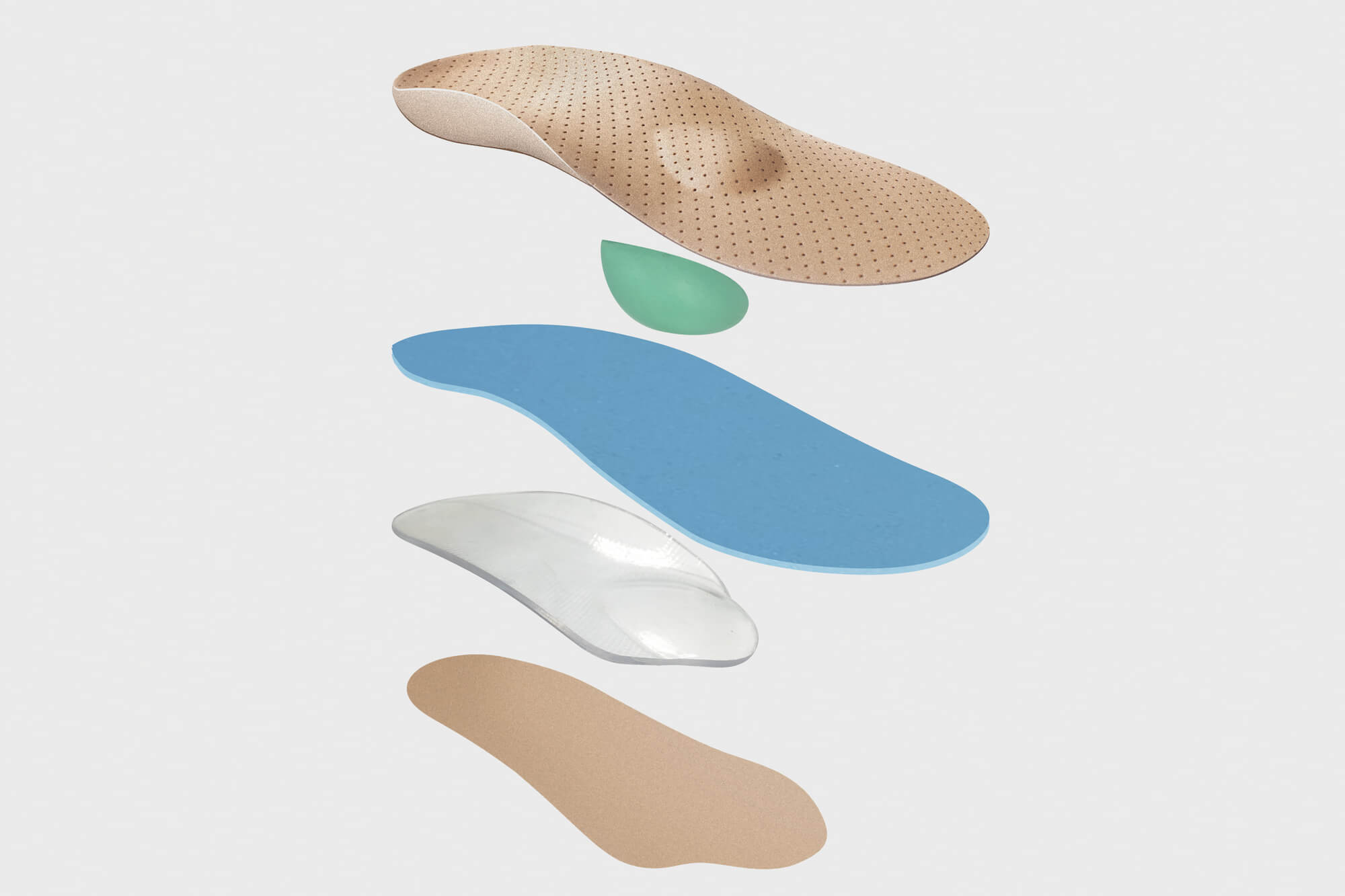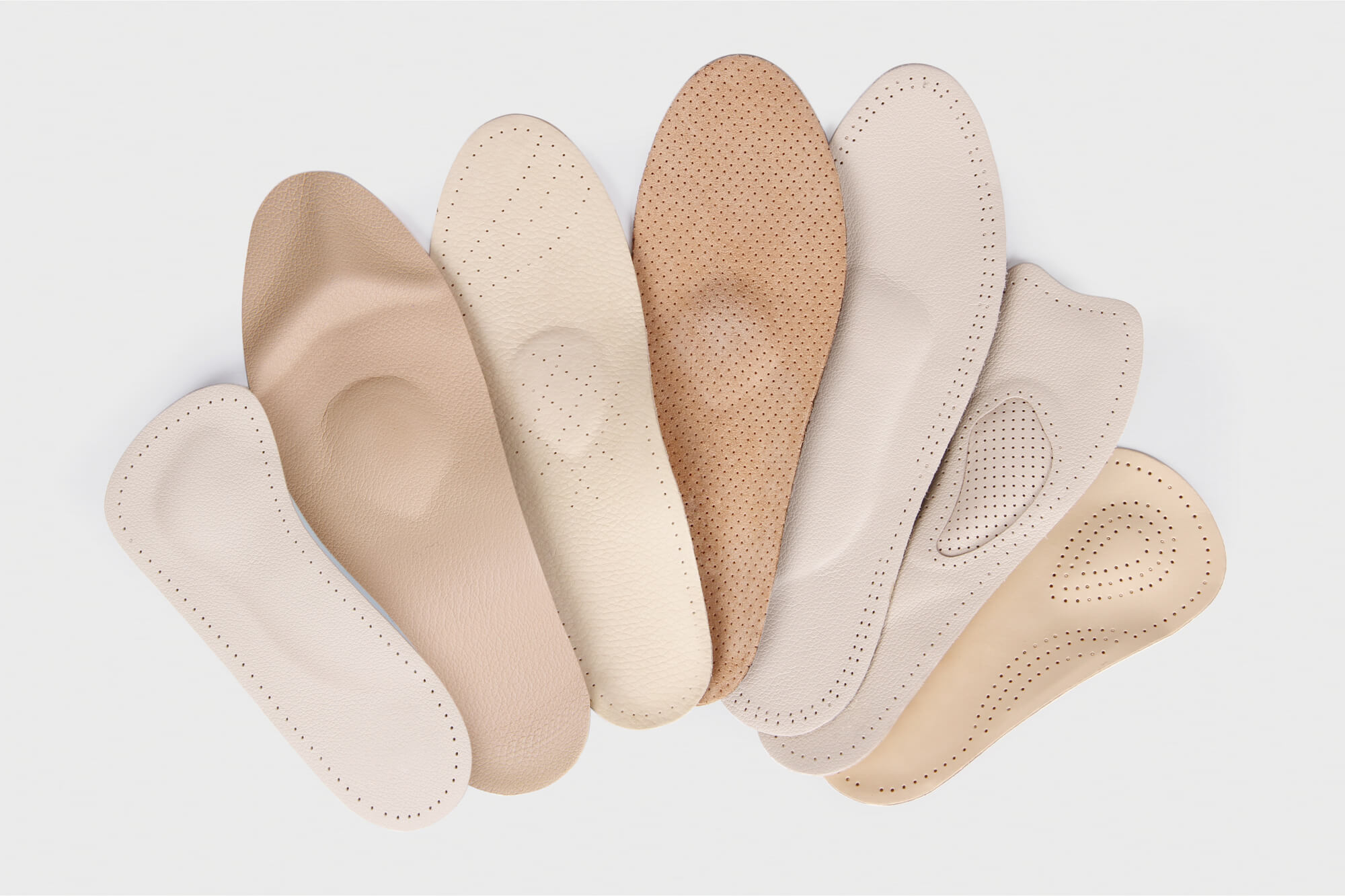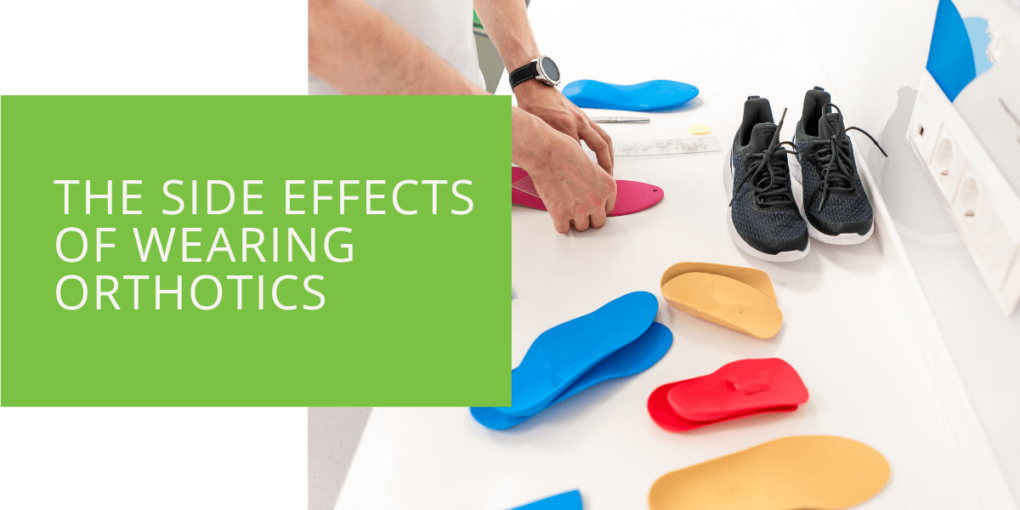The Side Effects of Wearing Orthotics
Orthotics are custom-made shoe inserts designed to correct an individual's gait, improve balance, and reduce foot pain. These devices can be helpful for people with a variety of foot conditions, such as plantar fasciitis, flat feet, or high arches. However, as with any medical intervention, wearing orthotics has potential side effects. In this article, we'll discuss the common and less common side effects of wearing orthotics and how to minimize the risks.
Common Side Effects of Wearing Orthotics
Pain or Discomfort
One of the most common side effects of wearing orthotics is pain or discomfort in the feet, legs, or lower back. This is often due to improper fitting or incorrect use of the orthotics. When orthotics are not fitted properly, they can pressure certain foot areas, causing pain or discomfort. If the orthotics are too rigid, they can also cause discomfort by forcing the foot to work harder than it should. This can result in compensatory injuries in other body parts, such as the ankle or knee.
Blisters or Other Skin Irritation
Another common side effect of wearing orthotics is the development of blisters or other skin irritation. This is often due to friction between the foot and the orthotic. To minimize the risk of blisters and other skin irritation, it's important to wear orthotic insoles with proper footwear. Shoes that are too tight or loose can increase the risk of blisters.
Increased Foot Odor or Sweating
Orthotics can also increase foot odor or sweating. The inserts can make the feet hotter and more moist than usual, providing an ideal environment for growing bacteria. To minimize the risk of foot odor and sweating, wearing socks made of breathable materials, such as cotton or wool, is important.
Changes in Gait or Posture
Wearing orthotics can also cause changes in gait or posture. This is because the inserts can alter the biomechanics of the foot, which can, in turn, affect the rest of the body. If the orthotics are not properly fitted, they can cause compensatory movements, resulting in pain and discomfort.

Less Common Side Effects of Wearing Orthotics
Allergic Reactions
In rare cases, some people may experience an allergic reaction to the materials used in the orthotics. This can cause symptoms such as itching, redness, and swelling. If you experience any of these symptoms, it's important to consult with a podiatrist.
Increased Risk of Falls
Wearing orthotics can also increase the risk of falls, particularly in elderly people. This is because the inserts can alter the foot's balance and stability, making it more difficult to maintain balance.
Development of Corns or Calluses
Orthotics can also cause the development of corns or calluses on the feet. This is often due to pressure on certain areas of the foot. To minimize the risk of developing corns or calluses, it's important to wear properly fitted orthotics.
Worsening of Existing Foot Conditions
In some cases, wearing orthotics can worsen existing foot conditions. This can occur if the orthotics are not properly fitted or appropriate for the individual's specific foot condition.

How to Minimize the Risk of Side Effects
While there are potential side effects associated with wearing orthotics, there are also ways to minimize the risks. Here are some tips:
Properly Fitting Orthotics
The most important step in minimizing the risk of side effects is to ensure that the orthotics are properly fitted. A podiatrist can help ensure the orthotics fit properly and appropriately for the individual's specific foot condition.
Gradual Break-In Period
When first using orthotics, it's important to start with a gradual break-in period. This will allow the feet to adjust to the new inserts and help prevent pain and discomfort.
Regular Cleaning and Maintenance
To minimize the risk of foot odor and bacterial growth, cleaning and maintaining orthotics regularly is important. This can be done by wiping them down with a damp cloth and allowing them to air dry.
Consistent Use of Proper Footwear
To minimize the risk of blisters and other skin irritation, wearing properly fitting shoes with orthotics is important. Shoes should provide adequate support and cushioning and should be made of breathable materials.
When to Seek Help
If you experience severe or persistent pain or discomfort while wearing orthotics, it's important to seek help from a podiatrist. Additionally, seek medical attention immediately if you experience signs of an allergic reaction, such as itching, redness, or swelling.
If you notice that your existing foot conditions are worsening while using orthotics, consult a podiatrist to see if alternative treatments may be more appropriate.
Conclusion
Orthotics can be a helpful tool in managing foot pain and improving balance and stability. However, as with any medical intervention, wearing orthotics has potential side effects. By following these tips and seeking professional help when needed, individuals can minimize the risks of these side effects and use orthotics in a safe and risk-free manner.

